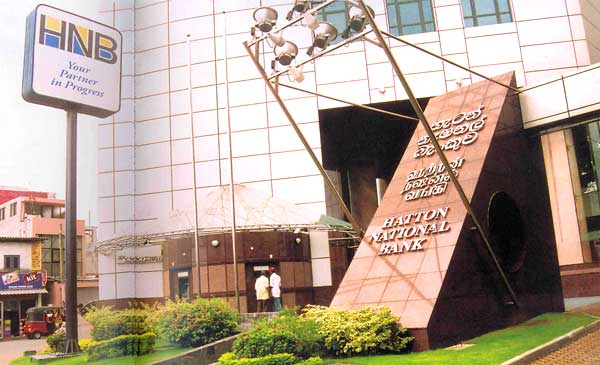May, 22, 2014

Fitch Ratings has affirmed Sri Lanka-based Hatton National Bank PLC's (HNB) National Long-Term Rating at 'AA-(lka)'. The Outlook is Stable. The agency also affirmed HNB's outstanding senior unsecured debentures at 'AA-(lka)' and subordinated redeemable debentures at 'A+(lka)'.
HNB's National Long-Term Rating is driven by its intrinsic financial profile, which reflects its long and resilient operating history, strong deposit and lending franchise and satisfactory capitalisation. In addition the rating captures HNB's relatively higher risk appetite resulting in volatile asset quality.
The senior unsecured debentures are rated at the same level as HNB's National Long-Term Rating as they constitute direct, unconditional, unsecured and unsubordinated obligations of the bank, and will rank equally with all its other unsecured and unsubordinated obligations. HNB's subordinated debt is rated one notch below the National Long-Term Rating to reflect its relatively lower recovery prospects in liquidation.
HNB's loan book is shifting towards larger, mid-sized corporates from its previous focus on retail and SME sectors, which, while adding to diversification, results in lower returns. Exposure to large- and medium-sized corporates increased to 35% of the loan book at end-2013 from 29% at end-2012. This was the main reason the bank's loan book expanded by 17% in 2013, outpacing the 9% loan growth in the wider banking sector. In 2012, HNB's loan growth was 18% compared with 21% in the banking sector. HNB is also reducing its pawning exposure now that quality has started to deteriorate.
The marginal improvement in HNB's regulatory non-performing-loans (NPL) ratio to 3.64% at end-2013 from 3.66% a year earlier was driven by growth in the loan book. It actually masked the 18% absolute increase in gross NPLs in 2013. HNB's loan loss provisioning improved during 2013 as the bank started providing for losses stemming from gold-backed pawning advances, but it remained lower than its domestic peers'.
Capitalisation remained comparable with domestic peers', although it declined during 2013 due to higher asset growth compared to its peers. HNB's Fitch core capital ratio normalised to 16.8% at end-2013 from 18.4% at end-2012.
Profitability declined in 2013 as a result of higher provisioning and compressed margins. The latter was driven by pawning interest write-offs, higher deposit rates and lower yielding new corporate loans. HNB's margins however, remained wider than that of peers, supported by its relatively higher exposure to retail and SME segments. HNB's efforts in centralising its processes and use of technology should further improve its high cost-to-income ratio.
HNB benefits from a large and fairly stable deposit base as a result of its strong franchise - it is the fourth-largest commercial bank in Sri Lanka by assets. Bank's loan/deposit ratio increased to 94% amid higher loan growth during 2013 (end-2012: 91%). Fitch believes that reducing this ratio would require the bank to slow down loan growth because deposit growth is unlikely to keep pace with loan growth.
Fitch views the upside potential of HNB's ratings as limited given its higher risk appetite, which has led to weaker through-the-cycle asset quality compared with peers'. A material increase in risk taking, unless sufficiently mitigated through capital and financial performance, could result in a rating downgrade.
The ratings of senior and subordinated debt are primarily sensitive to changes in HNB's National Long-Term Rating.
Video Story